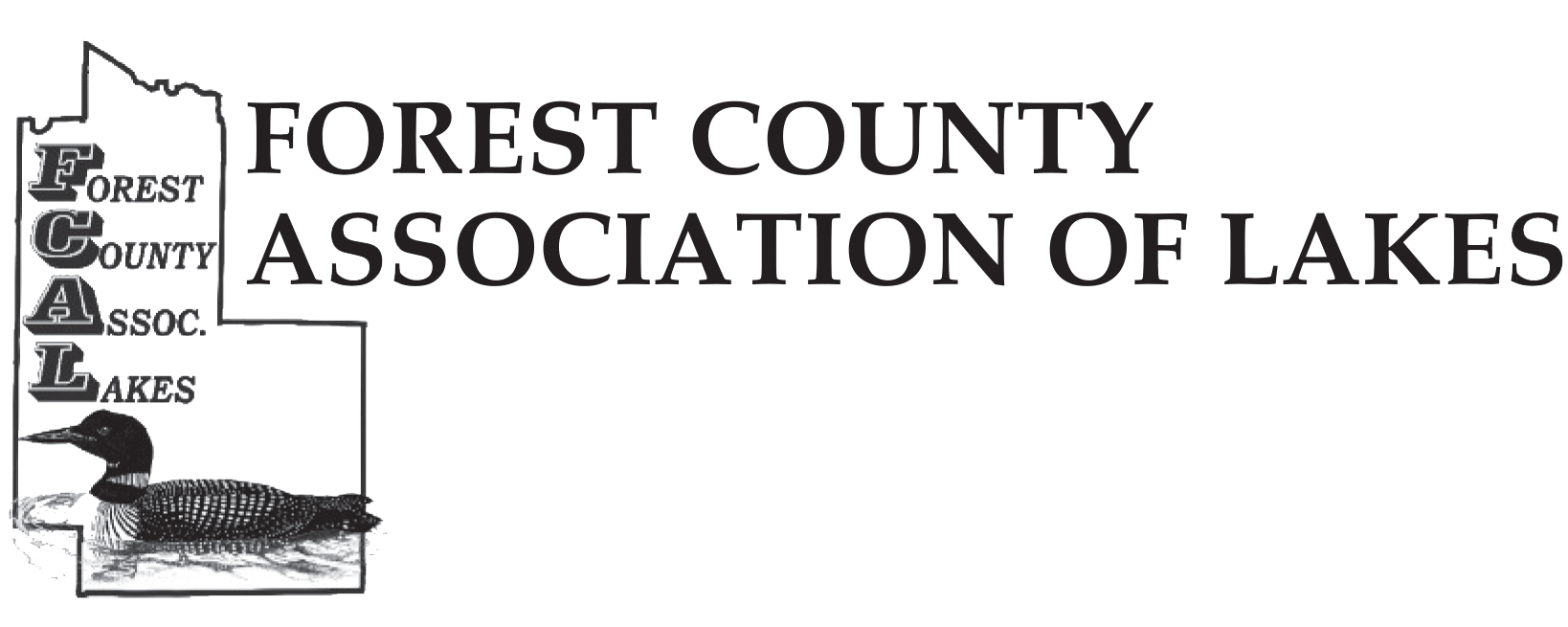This summer, while conducting grant-funded invasive species inventory and control work, the Wild Rivers Invasive Species Coalition (WRISC) confirmed the presence of two invasive plant species new to the region, Musk Thistle (Carduus nutans) and Garden Valerian (Valeriana officinalis).
Musk Thistle was discovered during a private land invasive plant inventory in northern Florence County. WRISC Coordinator Emily Anderson discovered three plants at different locations on the private property and a nearby road. Musk Thistle is very distinctive and has large pink to purple flower heads that are 1.5 to 3 inches across, solitary, and usually bent over or “nodding.” Although there are many invasive and native thistles in the area, none have such a large flower head without spines. The plants have since been removed, and surveys of the surrounding Florence County roads did not find any more plants, however WRISC has received an unverified report of one additional Musk Thistle location in northern Forest County.
Another invasive plant, Garden Valerian was found on a roadside in northern Forest County. While Valerian’s clusters of small, white flowers look similar to many native and invasive roadside plants, its compound, opposite leaves help to distinguish it. When the infestation was discovered in Forest County, the plants were already beginning to go to seed, prompting field staff from WRISC and the USDA Forest Service to quickly remove and bag all flower/seed heads.
These new finds reveal a range expansion for both of these invasive plants. While Musk Thistle is typically found in southern and central Wisconsin, and Garden Valerian has been wreaking havoc in the northwestern part of the state, they have yet to become widespread in the local region. Like other invasive plants, they spread rapidly, invading natural areas, pastures, and roadsides, and displacing desirable plants. Even though discoveries like this are difficult, they also provide hope, as WRISC Coordinator Emily Anderson puts it: “While we are not happy to find two new invasive plants to worry about, the good news is that we have found them in the early stages of invasion. When invasives are discovered early, in small or isolated locations, it takes fewer resources to control them, and we stand a good shot at preventing their spread.”
WRISC is asking everyone to be on the lookout for these new plants. If you think you have spotted Musk Thistle or Garden Valerian please take pictures, record the location, and contact WRISC as soon as possible at 906-774-1550×102 or .




